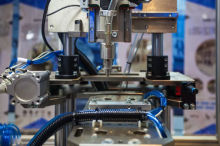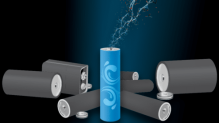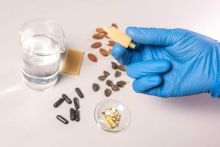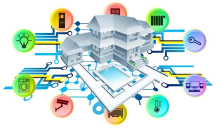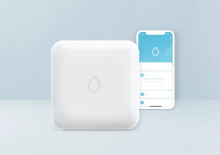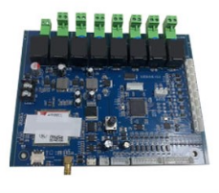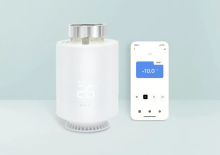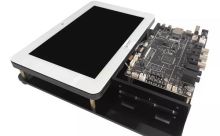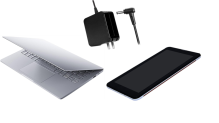It marks a break with standard medical procedures that have been in place for decades. In the traditional medical model, patients come to the hospital only when symptoms become apparent, or for a routine annual checkup. And a full set of one-off tests is sent to a laboratory for analysis before a diagnosis or health assessment can be given. In many cases, the diagnosis is made long after the patient was first consulted, and based on the patient's first test.
This approach makes sense when the cutting-edge equipment needed to monitor vital signs and symptoms is scarce and can only be obtained from hospitals or other dedicated medical facilities.
The development of new medical sensing technologies has created the conditions for completely different medical concepts. Instead of using the large, stationary medical monitoring equipment used in hospitals, this new patient monitoring method uses:
Small, even wearable devices
Battery powered devices can be used with extremely low power consumption
Provide accurate clinical grade measurement results
This allows us to implement medical monitoring and testing outside the hospital, either in a local medical facility (e.g., GP pracTIces) or at the patient's home. In order to bring greater convenience to patients, wearable devices (such as patches) can be continuously operated in an inconspicuous location for 24/7 monitoring anytime and anywhere.
Monitor in real life to get more accurate diagnosis results
Part of the reason for the new remote monitoring technology is a shortage of medical resources. The peak of the coronavirus pandemic in 2020 put a lot of pressure on hospitals, suggesting that the system may soon be unable to keep up with the growing demand for acute care services. Therefore, transferring patients who need vital signs monitored from the hospital to a clinic or their own home is a wise long-term strategy.
But just as important, monitoring with portable or wearable devices can provide more useful data and lead to better outcomes for patients. New medical monitoring technologies enable longer monitoring of vital signs, such as heart rate, heart rate variability, blood oxygen saturation (SpO2), and body temperature. Continuous surveillance can reveal trends and patterns in the outbreak that are not known to medical practitioners when they provide a single diagnosis to a patient. The parallel development of artificial intelligence (AI) diagnostics means that data flow monitoring can be automated.
Rather than deluge doctors with data, the AI-based approach uses a pattern of technology monitoring vital signs in the background, signaling only when individual physician intervention is needed. By detecting early signs of future morbidity, patients and doctors can work together to make medication, lifestyle or diet changes to prevent conditions that previously required a visit to the hospital emergency department.
In addition, monitoring at home or at the point of care can reveal the true state of a patient's health, rather than the artificial and often stressful trip to a hospital ward for a check-up. The latest multi-parameter wearable sensors combine vital signs with other metrics such as movement and sleep to analyze medical data in light of a patient's lifestyle.
New breakthroughs in the application of semiconductor technology
This new model of patient testing follows a series of developments in semiconductor technology and computer science in the 21st century.
In the field of optoelectronics, optical sensor solutions have been developed to perform optoelectronic volumetric pulse waves (PPG) to calculate heart rate, respiration rate, and SpO2 using noninvasive optical methods. Tiny MEMS motion sensors can measure a patient's activity, such as exercise duration and sleep quality, combining vital signs with the patient's condition.
In hospitals, many of the devices used to monitor vital signs are bulky and power-hungry. By enabling this measurement capability at the chip level, semiconductor manufacturers such as ADI can produce products such as medical patches that can be attached to the skin, run on battery power for days or weeks, while wirelessly sending measurements to host devices such as smartphones. Through the host, measurements can be securely uploaded to a cloud diagnostic service, which converts raw electrical signals into actionable medical data.


